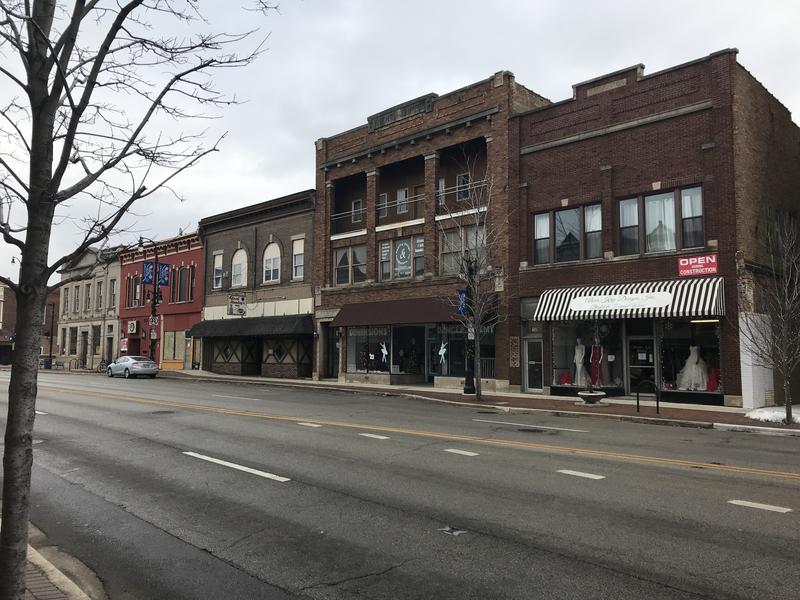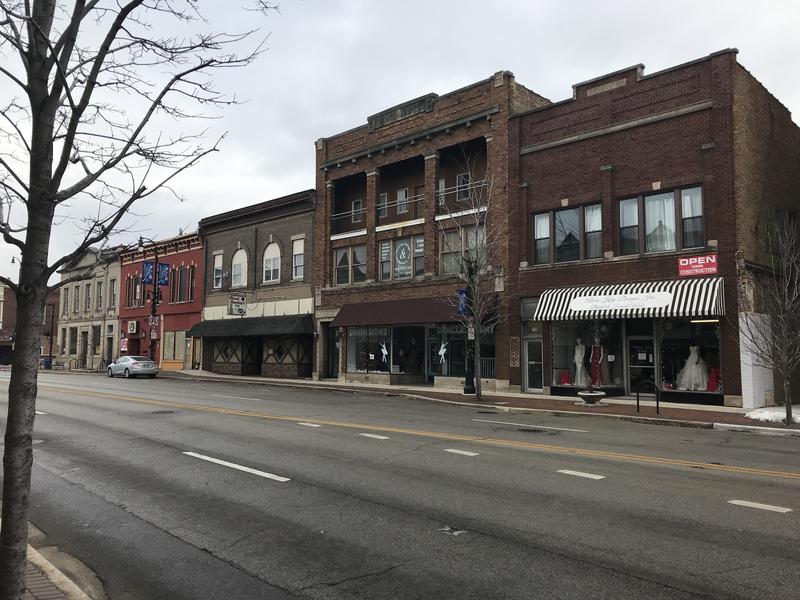
For many, a trip through crowded malls and outlet shops is still the norm during the holidays. But more than half of Americans now prefer shopping online for their gift-giving. That’s according to a recent American Barometer survey.
Amazon recorded its highest sales ever this Black Friday and Cyber Monday. That comes despite warehouse workers across Europe and demonstrators in New York protesting the company that weekend.
But even though brick-and-mortar retailers have struggled to adapt to the new retail ecosystem, they’re not going away anytime soon; they’re evolving. That’s according to Northern Illinois University marketing professor Samantha Gibson, who recently spoke at an NIU STEM event titled “Retail Renaissance.”
“Everybody says online is going to replace retail; I laugh,” said Gibson. “I really get a kick out of that. Online is less than nine percent of total retail sales.”
Some still make a point of trying local stores during their holiday shopping. In DeKalb, the chamber of commerce tries to facilitate that. They recently threw a “Taste of the Season” event that was part wine-tasting and part local shopping spree.
Virginia Filicetti is the chamber’s marketing and events manager. She says such events are common this time of year.
“The downtown merchants try to do holiday open houses themselves that doesn’t involve us,” she said. “They try to have discounts and deals on certain days and all of them grouped together so it’s kind of like a store crawl.”
Filicetti also says the emergence of online shopping and social media actually helps small mom and pop shops.
“I know a lot of the stores downtown are heavily on social media and use that as their main way to reach their audience,” she said. “They have their returning customers, but it’s a way to reach new people, especially younger people too because we’re always on our phones on Instagram and everything.”
But the allure of free two-day shipping can be hard to pass up.
Mirna Fernandes is a 27-year-old international student at NIU currently living in DeKalb. For her, the ease of shopping online fits her busy schedule.
“Online is more convenient,” Fernandes said. “I don’t have to go around many different stores to try and find something unique and convenient at the same time to buy and just take home with me. So I just prefer online, I just type it, find it and that’s it.”
She says if local stores added more online features, like showing what merchandise they had in-stock or offering free shipping, she would be more likely to stop by.
Those features are likely coming soon for some physical retailers as businesses try to compete with Amazon.
Plenty of big retailers like Walmart and Target are already starting to offer pick-up and delivery options. In terms of tech, Gibson points to IKEA’s virtual reality showroom, where you can create your own kitchen. Or Sephora’s augmented reality app that uses your camera to let you try on any makeup.
“All of these retailers are working on things and they have to to survive,” she said. “Because if they don’t and they’re like Sears where they don’t invest in the infrastructure behind the scenes, they’ll be quickly absorbed by a competitor.”
But she says the changes aren’t just going to be seen online. You’ll also see physical stores emulate the custom experience of online.
“The future of retail is what’s called bricks and clicks,” said Gibson. “It’s called omnichannel retailing. What that means is everything is seamless. It doesn’t matter which channel you buy it from, you can still buy it from that retailer.”

